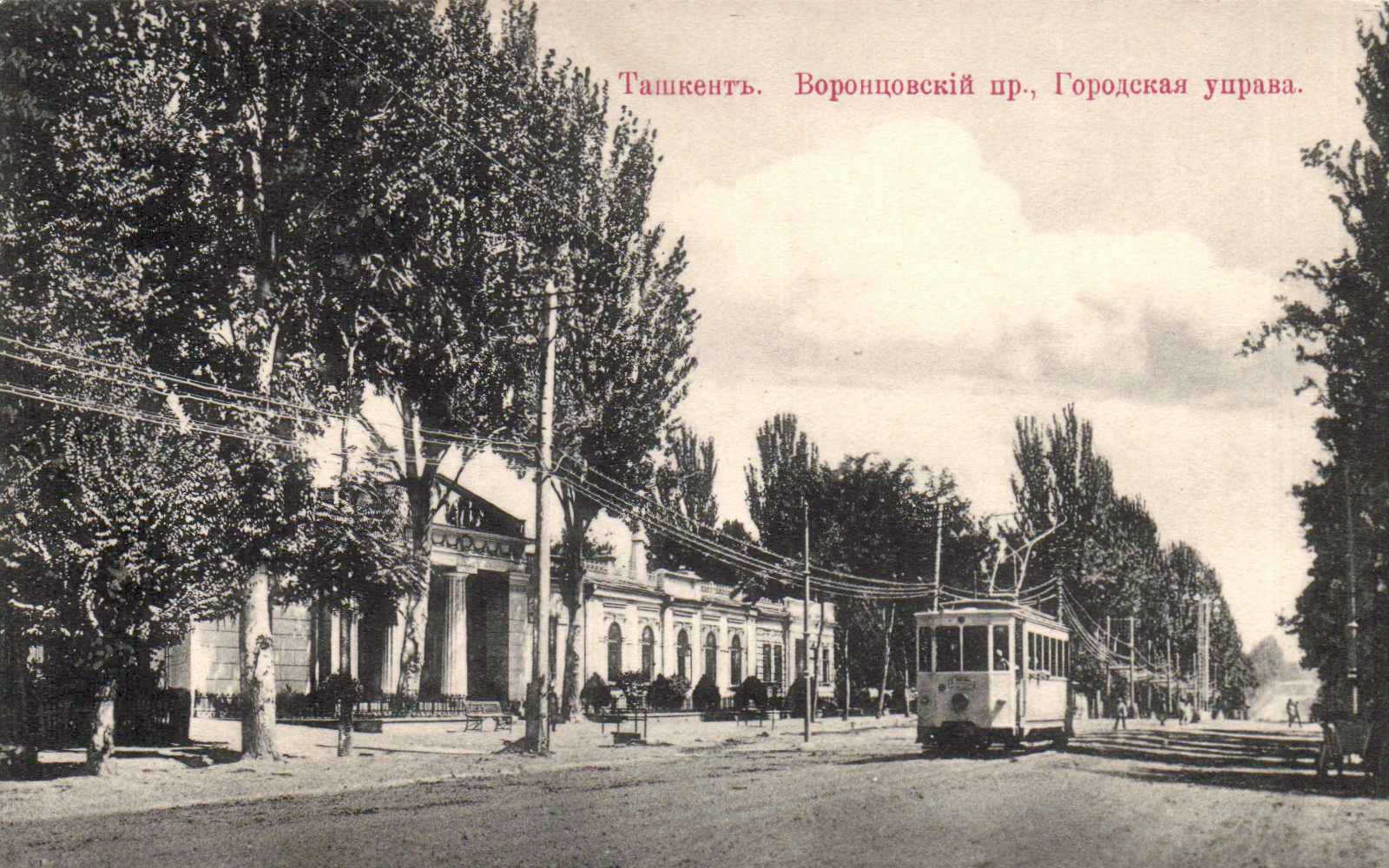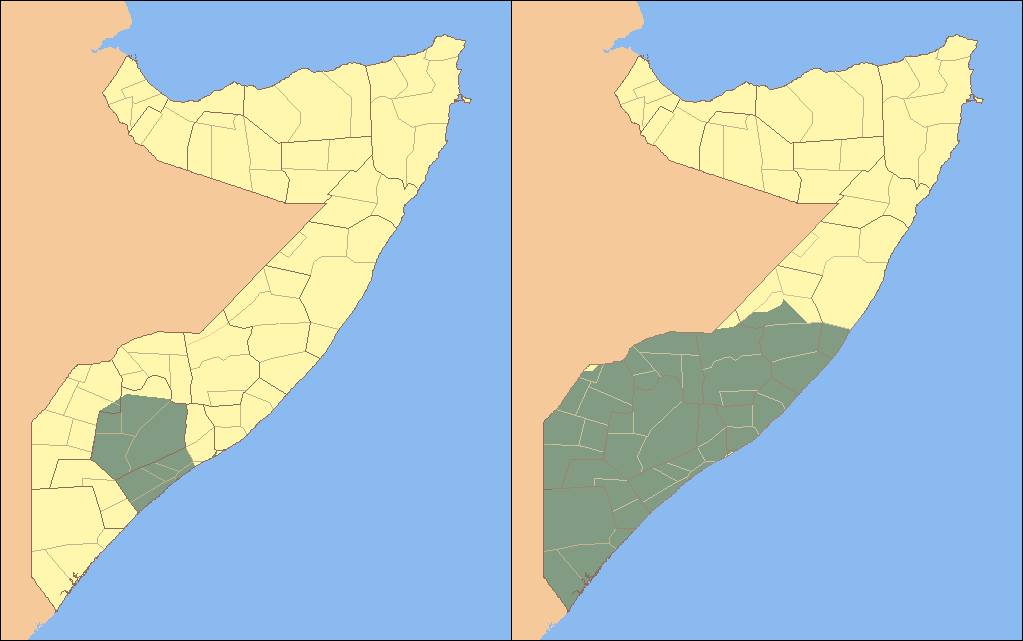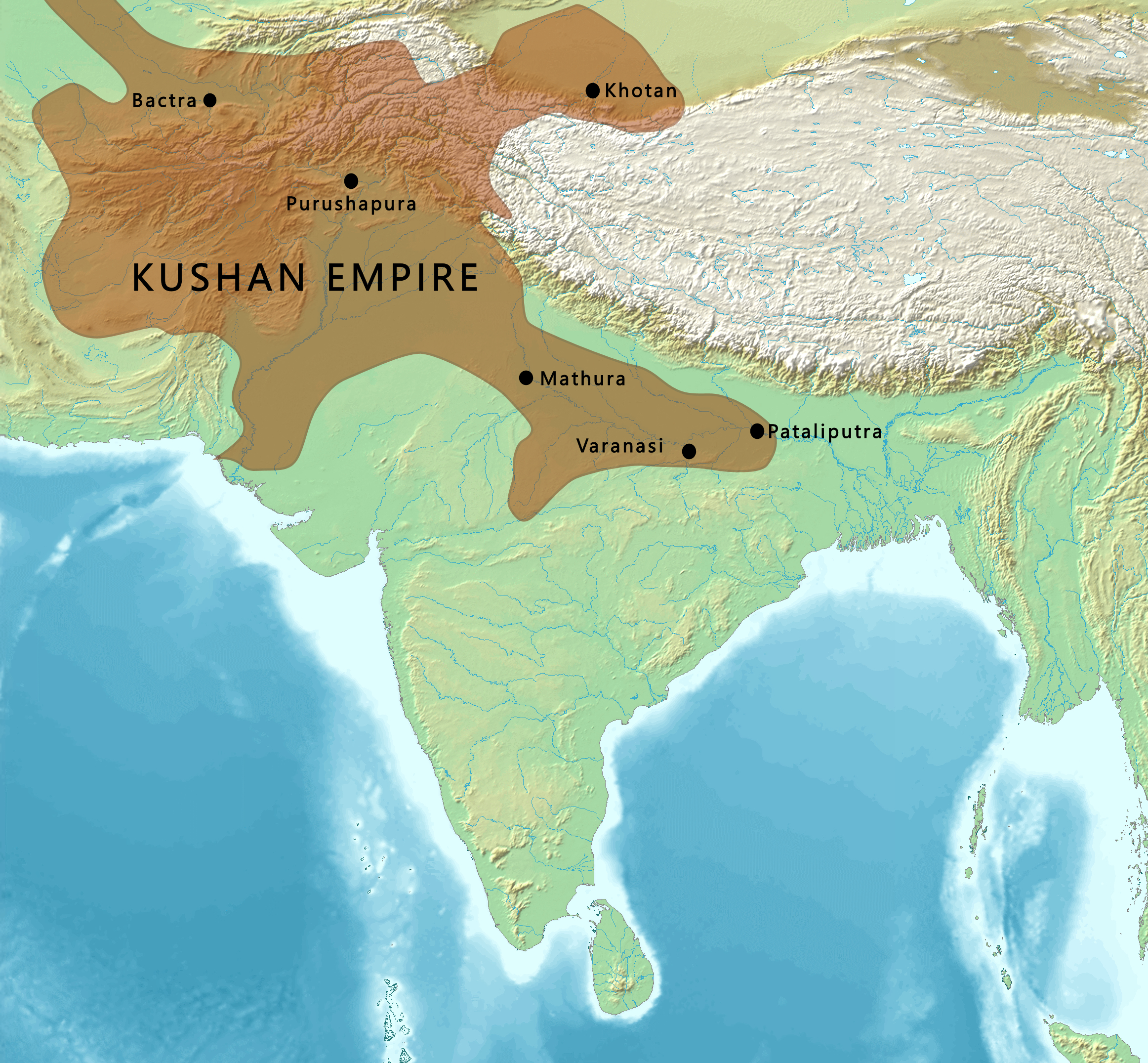|
Red Army Intervention In Afghanistan (1929)
The Red Army intervention in Afghanistan in 1929 also known as the First Soviet Intervention in Afghanistan of 1929 was a special operation aimed at supporting the ousted king of Afghanistan, Amanullah Khan, against the Saqqawists and Basmachi. The situation in Afghanistan In 1919, diplomatic ties were established between the Soviet regime and the Emirate of Afghanistan – a development that was perceived by the British Foreign Service as contrary to UK interests. In April 1923, Amanullah Khan promulgated a new constitution in Afghanistan, heralding a program of secularisation that included prohibition of both polygamy and the marriage of minors, and lifting a legal requirement for women to cover their faces in public. These changes led to the creation of a powerful opposition, centred on Islamic leaders. In March 1924, a major anti-government uprising broke out in Hazarajat. Meanwhile, Amanullah Khan had founded the Afghan Air Force, which was augmented with state-of-the ... [...More Info...] [...Related Items...] OR: [Wikipedia] [Google] [Baidu] |
Afghan Civil War (1928–1929)
The Afghan Civil War of 1928–1929 was fought from 14 November 1928 to 13 October 1929. Rebelling, and subsequently governing Saqqawists, Saqqawist (''Saqāwīhā'') forces under Habibullāh Kalakāni fought against various opposing tribes and rival monarchs in the Kingdom of Afghanistan, among whom Mohammed Nadir Shah, Mohammed Nādir Khān eventually achieved a preponderant role. Despite early successes, such as the capture of Kabul and defeat of Amanullah Khan on 17 January 1929 or the capture of Kandahar on 3 June, the Saqqawists were eventually deposed by anti-Saqqawist forces led by Nadir on 13 October 1929, leading to Nadir's ascension as King of Afghanistan. He ruled until his assassination on 3 November 1933. The war began when the Shinwari tribe revolted in Jalalabad and drew up a manifesto of 10 grievances, 5 of which related to Amanullah's meddling with the status of women. Although this revolt was quelled by a force led by Ali Ahmad Khan, a concurrent Saqqawist upris ... [...More Info...] [...Related Items...] OR: [Wikipedia] [Google] [Baidu] |
Basmachi Movement
The Basmachi movement (, derived from ) was an uprising against Imperial Russian and Soviet rule in Central Asia by rebel groups inspired by Islamic beliefs. It has been called "probably the most important movement of opposition to Soviet rule in Central Asia". The movement's roots lay in the anti-conscription violence of 1916 which erupted when the Russian Empire began to draft Muslims for army service in World War I. In the months following the October 1917 Revolution, the Bolsheviks seized power in many parts of the Russian Empire and the Russian Civil War began. Turkestani Muslim political movements attempted to form an autonomous government in the city of Kokand, in the Fergana Valley. The Bolsheviks launched an assault on Kokand in February 1918 and carried out a general massacre of up to 25,000 people. The massacre rallied support to the Basmachi who waged a guerrilla and conventional war that seized control of large parts of the Fergana Valley and much of Turkesta ... [...More Info...] [...Related Items...] OR: [Wikipedia] [Google] [Baidu] |
Habibullāh Kalakāni
Habibullah Kalakani (, 19 January 1891 – 1 November 1929), derogatively called "Bacha-ye Saqao" (also romanized Bachai Sakao; literally ''son of the water carrier''), was the ruler of Afghanistan from 17 January to 13 October 1929, as well as a leader of the Saqqawists. During the Afghan Civil War (1928–1929), he captured vast swathes of Afghanistan and ruled Kabul during what is known in Afghan historiography as the "Saqqawist period". He was an ethnic Tajik. No country recognized Kalakani as ruler of Afghanistan. During the 1928–1929 Afghan Civil War he contested the Afghan throne with Amanullah Khan. After defeating Amanullah, he was eventually defeated by Mohammad Nadir Shah. Khalilullah Khalili, a noted historian and Kohistani poet laureate, depicted King Habibullah Kalakani as the "best manager of governmental imports and exports". Early years Habibullah Kalakani was born in either 1891 or 1870 in the village of Kalakan, north of Kabul. He was an ethnic Tajik ... [...More Info...] [...Related Items...] OR: [Wikipedia] [Google] [Baidu] |
Mujahideen
''Mujahideen'', or ''Mujahidin'' (), is the plural form of ''mujahid'' (), an Arabic term that broadly refers to people who engage in ''jihad'' (), interpreted in a jurisprudence of Islam as the fight on behalf of God, religion or the community (''ummah''). The widespread use of the word in English began with reference to the guerrilla-type militant groups led by the Islamist Afghan fighters in the Soviet–Afghan War (see Afghan mujahideen). The term now extends to other jihadist groups in various countries. Early history In its roots, the Arabic word ''mujahideen'' refers to any person performing ''jihad''. In its post-classical meaning, ''jihad'' refers to an act that is spiritually comparable in reward to promoting Islam during the early 600s CE. These acts could be as simple as sharing a considerable amount of one's income with the poor. Modern Western definition The term continued to be used throughout India for Muslim resistance to British colonial rule. During ... [...More Info...] [...Related Items...] OR: [Wikipedia] [Google] [Baidu] |
Politburo Of The Communist Party Of The Soviet Union
The Political Bureau of the Central Committee of the Communist Party of the Soviet Union, abbreviated as Politburo, was the de facto highest executive authority in the Communist Party of the Soviet Union (CPSU). While elected by and formally accountable to the Central Committee, in practice the Politburo operated as the ruling body of Soviet Russia and the Soviet Union from its creation in 1919 until the party's dissolution in 1991. Full members and candidate (non-voting) members held among the most powerful positions in the Soviet hierarchy, often overlapping with top state roles. Its duties, typically carried out at weekly meetings, included formulating state policy, issuing directives, and ratifying appointments. The Politburo was originally established as a small group of senior Bolsheviks shortly before the October Revolution of 1917, and was re-established in 1919 to decide on urgent matters during the Russian Civil War. It operated on the principles of democratic cent ... [...More Info...] [...Related Items...] OR: [Wikipedia] [Google] [Baidu] |
Khost Rebellion (1924–1925)
The Khost rebellion, also known as the 1924 Mangal uprising, the Khost revolt or the Mangal Revolt was an uprising against the Westernization and modernizing reforms of Afghanistan’s king, Amanullah Khan. The uprising was launched in Southern Province, Afghanistan, and lasted from March 1924 to January 1925. It was fought by the Mangal Pashtun tribe, later joined by the Sulaiman Khel, Ali Khel, Jaji, Jadran and Ahmadzai tribes. After causing the death of over 14,000 Afghans, the revolt was finally quelled in January 1925. It was the first conflict to involve the Afghan Air Force. Background Prior to 1924, the city of Khost had rebelled twice: the first rebellion took place from 1856 to 1857 and was fought by Khostwal and Waziri tribesmen against the rule of Dost Mohammad Khan. The second rebellion took place in 1912 and was a rebellion by the Mangal, Jadran, and Ghilzai tribes against the "rapacity and exactions" of the local governor, and saw Habibullah Kha ... [...More Info...] [...Related Items...] OR: [Wikipedia] [Google] [Baidu] |
Polikarpov R-1
The Airco DH.9A is a British single-engined light bomber that was designed and first used shortly before the end of the First World War. It was a development of the unsuccessful Airco DH.9 bomber, featuring a strengthened structure and, crucially, replacing the under-powered and unreliable inline 6-cylinder Siddeley Puma engine of the DH.9 with the American V-12 Liberty engine. Colloquially known as the "Ninak" (from the phonetic alphabet treatment of designation "nine-A"), it served on in large numbers for the Royal Air Force following the end of the war, both at home and overseas, where it was used for colonial policing in the Middle East, finally being retired in 1931. Over 2,400 examples of an unlicensed version, the Polikarpov R-1, were built in the Soviet Union, the type serving as the standard Soviet light bomber and reconnaissance aircraft through the 1920s. Design and development The DH.9A was planned as an improved version of the existing Airco DH.9. The DH.9 was a ... [...More Info...] [...Related Items...] OR: [Wikipedia] [Google] [Baidu] |
Kabul
Kabul is the capital and largest city of Afghanistan. Located in the eastern half of the country, it is also a municipality, forming part of the Kabul Province. The city is divided for administration into #Districts, 22 municipal districts. A 2025 estimate puts the city's population at 7.175 million. In contemporary times, Kabul has served as Afghanistan's political, cultural and economical center. Rapid urbanisation has made it the country's primate city and one of the largest cities in the world. The modern-day city of Kabul is located high in a narrow valley in the Hindu Kush mountain range, and is bounded by the Kabul River. At an elevation of , it is one of the List of capital cities by elevation, highest capital cities in the world. The center of the city contains its old neighborhoods, including the areas of Khashti Bridge, Khabgah, Kahforoshi, Saraji, Chandavel, Shorbazar, Deh-Afghanan and Ghaderdiwane. Kabul is said to be over 3,500 years old, and was mentioned at the ... [...More Info...] [...Related Items...] OR: [Wikipedia] [Google] [Baidu] |
Airco DH
The Aircraft Manufacturing Company Limited (Airco) was an early British aircraft manufacturer. Established during 1912, it grew rapidly during the First World War, referring to itself as the largest aircraft company in the world by 1918. Airco produced many thousands of aircraft for both the British and Allied military air wings throughout the war, including fighters, trainers and bombers. The majority of the company's aircraft were designed in-house by Airco's chief designer Geoffrey de Havilland. Airco established the first airline in the United Kingdom, Aircraft Transport and Travel Limited, which operated as a subsidiary of Airco. On 25 August 1919, it commenced the world's first regular daily international service. Following the end of the war, the company's fortunes rapidly turned sour. The interwar period was unfavourable for aircraft manufacturers largely due to a glut of surplus aircraft from the war, while a lack of interest in aviation on the part of the Bri ... [...More Info...] [...Related Items...] OR: [Wikipedia] [Google] [Baidu] |
Afghan Air Force
The General Command of the Air Force (, Dari: ) also referred to as the Islamic Emirate Air Force and the Afghan Air Force, is the air force branch of the Afghan Armed Forces. The Royal Afghan Air Force was established in 1921 under the reign of King Amanullah and significantly modernized by King Zahir Shah in the 1960s. During the 1980s, the Soviet Union built up the Afghan Air Force, first in an attempt to defeat the mujahideen and in hopes that strong Afghan airpower would preserve the pro-Soviet government of Mohammad Najibullah. When Najibullah eventually fell in 1992 the Afghan Air Force may have counted 350 aircraft. The collapse of Najibullah's government in 1992 and the continuation of a civil war throughout the 1990s reduced the number of Afghan aircraft to some 35–40. During Operation Enduring Freedom in late 2001, in which the Taliban government was ousted from power, all that remained of the AAF was a few helicopters. In 2006, the Afghan National Army Air Corps ... [...More Info...] [...Related Items...] OR: [Wikipedia] [Google] [Baidu] |
Hazarajat
Hazarajat (), also known as Hazaristan () is a mostly mountainous region in the central Afghan highlands, central highlands of Afghanistan, among the Kuh-e Baba mountains in the western extremities of the Hindu Kush. It is the homeland of the Hazara people, who make up the majority of its population. Hazarajat denotes an ethnic and religious zone. Hazarajat is primarily made up of the provinces of Bamyan Province, Bamyan, Daikundi Province, Daikundi and large parts of Ghor Province, Ghor, Ghazni Province, Ghazni, Uruzgan Province, Uruzgan, Parwan Province, Parwan, Maidan Wardak Province, Maidan Wardak, and more. The most populous towns in Hazarajat are Bamyan, Yakawlang (Bamyan), Nili, Daikundi, Nili (Daikundi), Lal wa Sarjangal (Ghor), Sang-e-Masha (Ghazni), Gizab (Daikundi) and Behsud, Maidan Wardak, Behsud (Maidan Wardak). The Kabul River, Kabul, Arghandab River, Arghandab, Helmand River, Helmand, Farah River, Farah, Hari (Afghanistan), Hari, Murghab River, Murghab, Balkh Riv ... [...More Info...] [...Related Items...] OR: [Wikipedia] [Google] [Baidu] |






